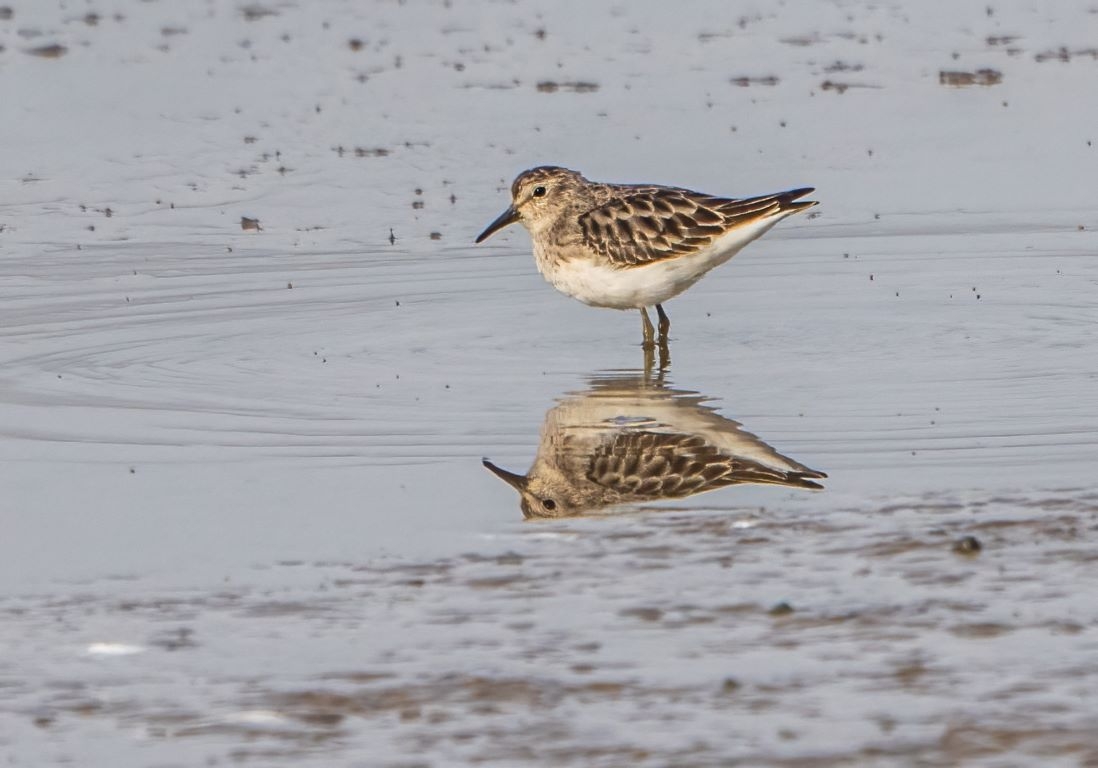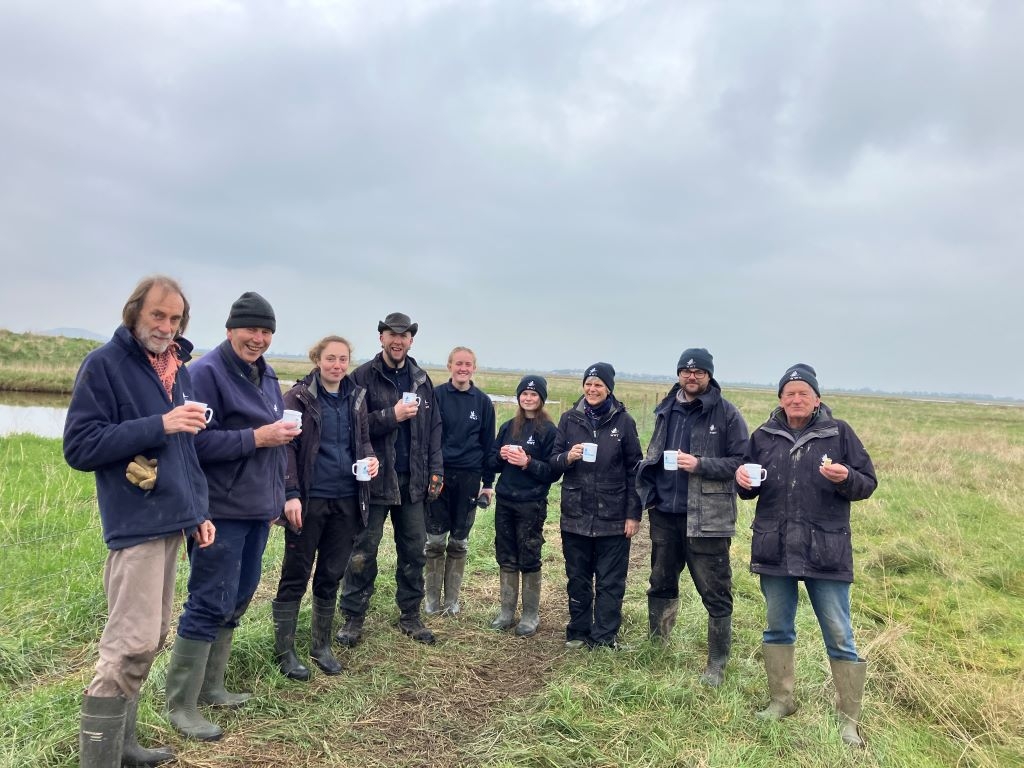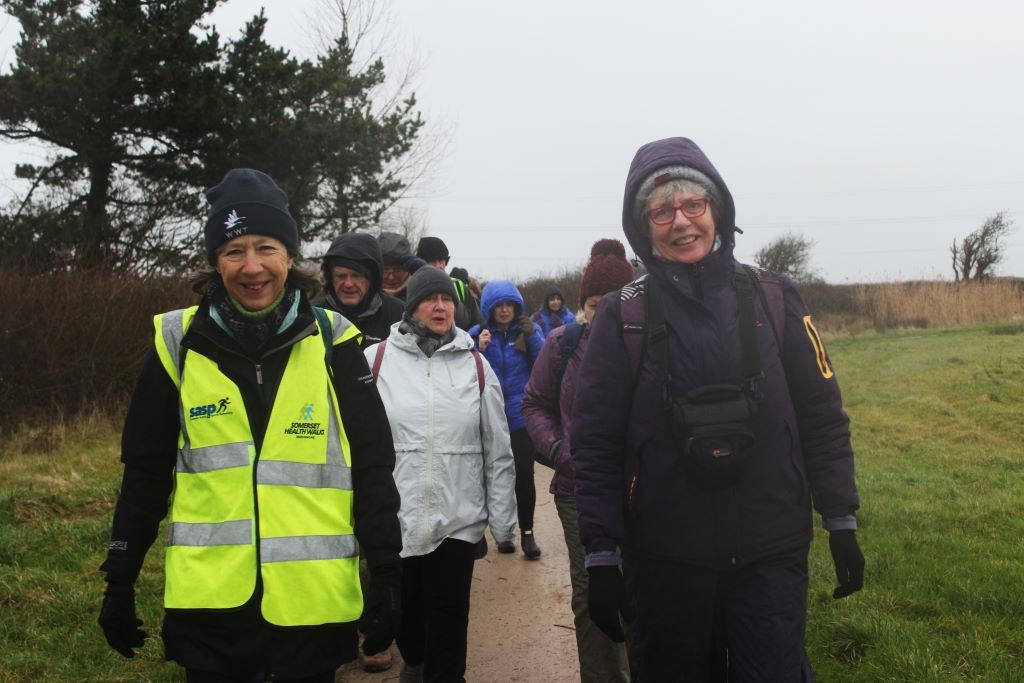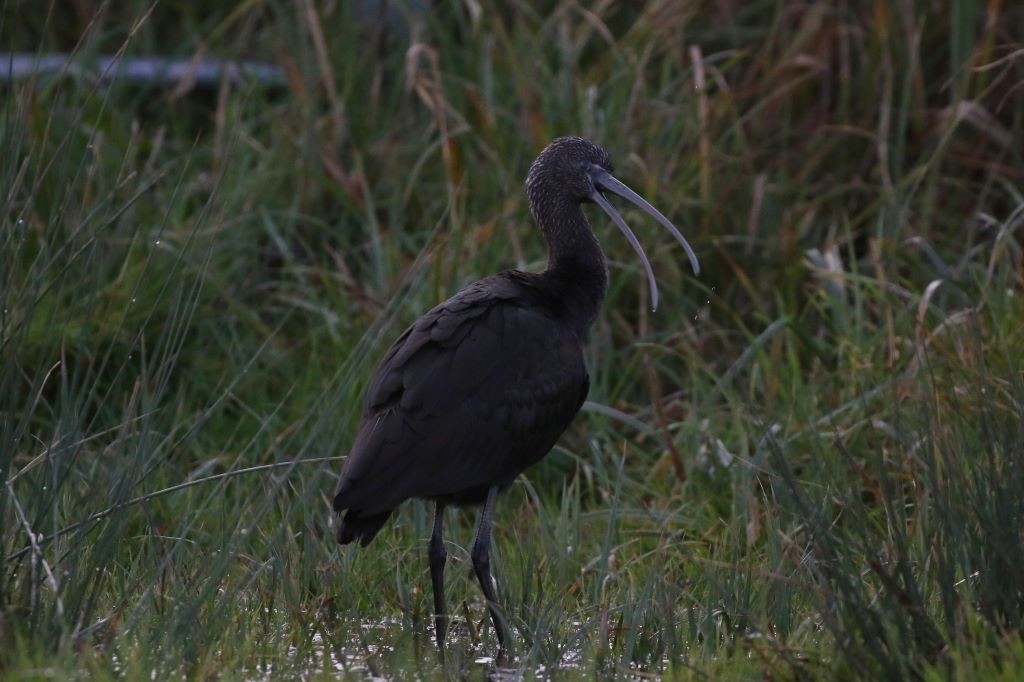Exploring Steart Marshes and Beyond
A new volunteer reflects on two Somerset WWT wetlands - the rural and the urban.
Hero image: WWT Steart Marshes - the wetland walkway
Immersion in the natural world, especially watery spaces, are vital to our physical, mental and spiritual well-being. Swapping grey space for blue space can lead to discoveries which lift our mood and spirits.
I was born and brought up in South London suburbia and only recently moved to live in the heart of a rural community, only a few miles from WWT Steart Marshes. Suddenly, I am surrounded by waterscapes (Croydon is a bit low on water features) shaped both by the sea, rivers and streams.
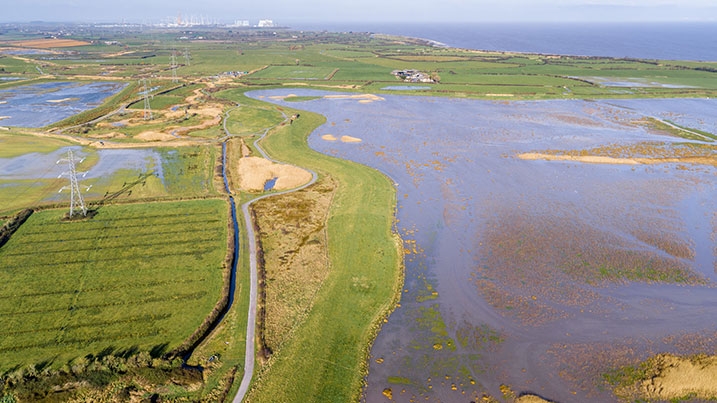
WWT Steart Marshes and Bridgwater Bay NNR
Being a lifelong lover of the natural world, discovering the wildlife of my new neighbourhood is an exciting prospect. Back in suburbia I used to record the birds in several local green spaces. As time went on interest in the birds led to a deepening fascination with the interconnections of landscapes and habitats, flora and fauna. So ASAP I joined the volunteer team at WWT Steart helping with breeding bird and butterfly surveys and a salt marsh plant survey. The big skies, watery landscapes and the sheer size of Steart is awe-inspiring. Large flocks of sassy shelducks and nervy winter waders dominated visits in late winter while song of reed, sedge and Cetti's warblers accompanied me on my surveys in the Spring. This is truly an experience of connection on a grand scale.
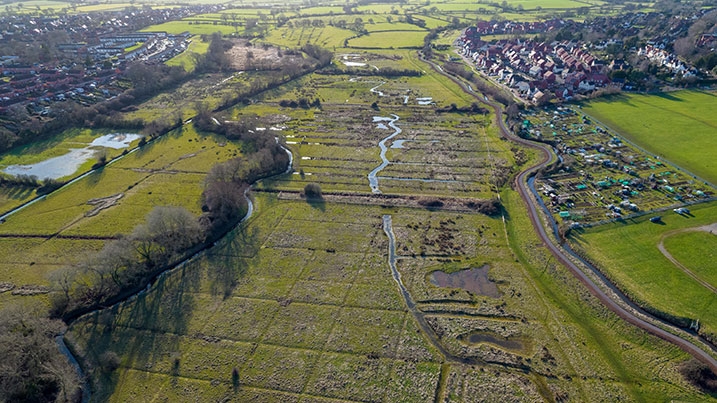
WWT The Meads, Bridgwater
However, while living in Croydon I loved discovering urban wildlife- always present but easily overlooked as we bustle through our busy lives. In 2021 I took on a challenge to visit 100 Open spaces in Croydon in 100 days; my eyes were opened to just how much wildlife there is to find in the heart of an urban jungle, wildlife is everywhere. So when I met Joe May, who runs the Bridgwater Blue Heritage Project, at the WWT Research day this year I was keen to hear more about this project. Having regaled him about my urban adventures he invited me to join him for a walk at The Meads, a 20 hectare floodplain grazing marsh bordered by housing developments linking the centre of the industrial townscape to the countryside.
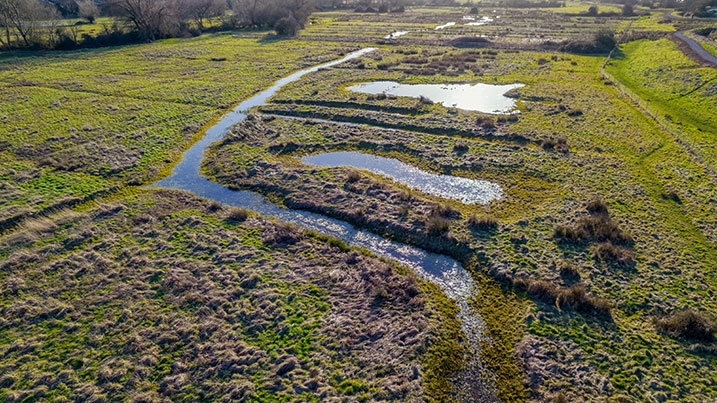
The Meads - floodplain grazing marsh restoration
Not sure what to expect we met on a beautiful warm, sunny and still day in September and took a stroll along the recently installed all weather path which meanders alongside the restored wetland. Housing closely lines one side of the path which is linked to the urban world by short access paths. Walking along the view is a mosaic of shimmering pools and verdant greens of grasses, sedges, trees and hedges. Suddenly a brilliant blue and orange flash flew across my eyeline as a kingfisher shot over the pools and along the hedge line only to be lost amongst distant trees. What a surprise in the heart of an urban space. My visit that day was brief but while I continue to delve into the wildlife of WWT Steart Marshes I shall also explore Bridgwater's open spaces to see what can be found in our urban wilds: my first stop will be The Meads to look for that kingfisher!
